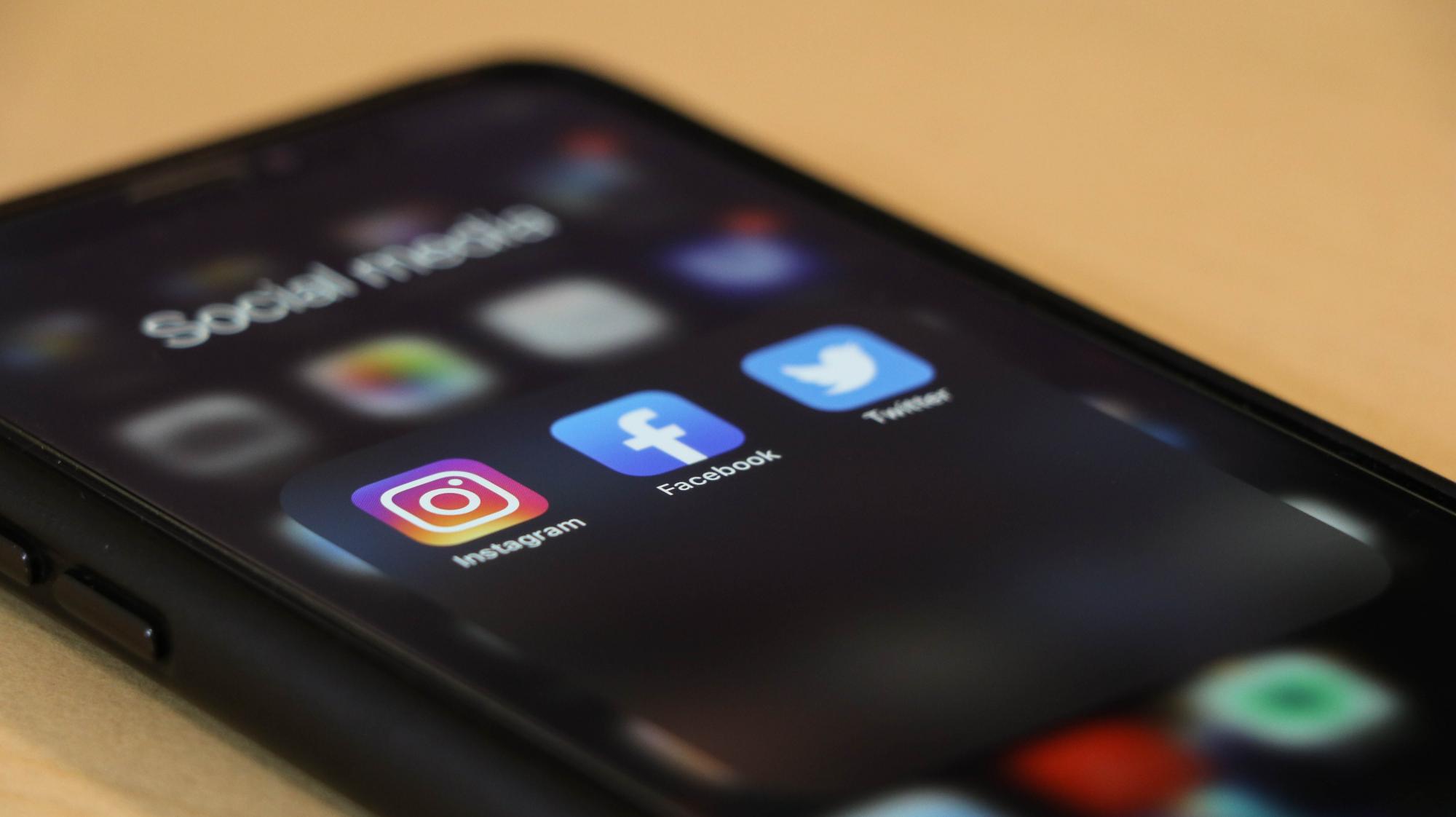
The landscape of content creation is undergoing a profound transformation, propelled by the rapid evolution of AI-generated content tools. From the once speculative "what-if" scenarios, we find ourselves amidst the practical application of AI in content creation, sparking a range of emotions from fear to excitement. In this article, we delve into four AI-generation tools that are not only reshaping creativity but also inspiring curiosity and optimism.
1. ChatGPT: Unleashing Creativity through Context
As ChatGPT gained attention across social media and news networks, discussions about AI-generated content took center stage. Rather than debating the implications, our focus is on examination. ChatGPT offers a user-friendly platform with a chat interface, providing a canvas for creative thinking. Context becomes pivotal – the more details and context provided, the more nuanced and tailored the AI-generated content becomes.
2. Rytr.me: Crafting Content with Guided Assistance
Rytr stands out by emphasizing the use case and context of the content being created. With language and tone preferences at your fingertips, Rytr simplifies the process, making it more accessible, particularly for those new to AI content creation. Whether it's emails, articles, business plans, or other forms of content, Rytr offers a guided approach, appealing to users seeking a more structured entry into AI content generation.
3. Canva Magic Write: The Hidden Gem in Graphics Creation
While renowned for graphic design, Canva quietly introduced its AI writing tool, Canva Magic Write. This tool, tucked away in the document creation section, offers a straightforward entry point for users. While more basic than others, Canva Magic Write provides a simple introduction to the world of AI-written content. For Canva users, it's a convenient way to explore AI capabilities without overwhelming features.
4. DALL-E: Transforming Imagination into Visuals
Venturing into the visual realm, DALL-E, under the OpenAI umbrella, extends AI content generation to imagery. Following a similar premise, users input their visual ideas, and AI creates images accordingly. Understanding design lingo and providing detailed contextual prompts are keys to unlocking DALL-E's true potential. This tool transcends the written word, offering a glimpse into the possibilities of AI-generated visual content.
Embracing AI: A Collaborative Approach
The discussion around AI-generated content can be daunting, yet the possibilities are endless. An intriguing suggestion is to leverage AI for creative inspiration. For instance, if struggling with a blog title, inputting it into ChatGPT can yield ten exciting variations. This collaborative approach sparks new ideas while retaining human ingenuity.
However, it's crucial to note that AI generators aren't replacements for human content creators. Their strengths lie in outlining ideas, providing creative inspiration, and generating base-level content. AI can't replace human reasoning, inference, correlation, conclusion, or understand situational context. Those aiming to substitute their teams with AI technology may face challenges.
As we witness the initial bloom of AI content generation, the trajectory it takes remains uncertain. The future promises a harmonious integration of AI tools and human creativity, creating a dynamic landscape where innovation knows no bounds.